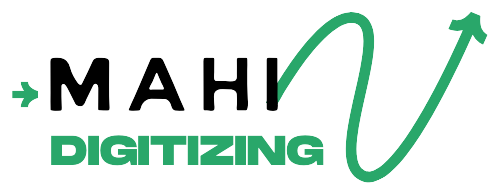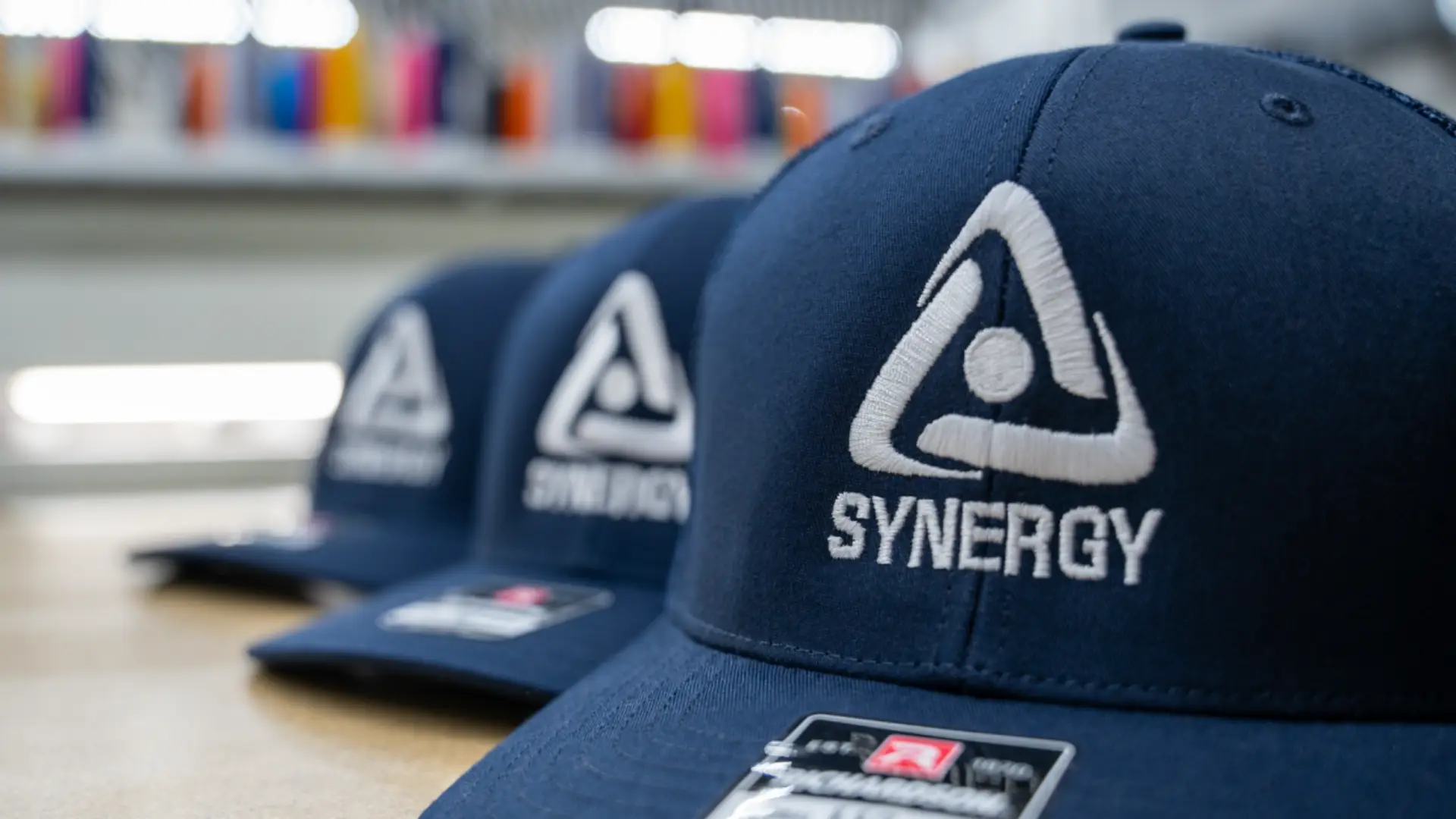Embroidered brand logos represent professionalism, quality, and trust. However, without high-quality embroidery digitizing, a logo may lose its clarity, structure, and durability. This article explores why standard embroidery digitizing is a must for businesses and how it ensures a flawless embroidered representation of any brand identity.
Ensuring Precision and Detail in Logo Embroidery
A brand logo is one of the most recognizable elements of a company’s identity. When a logo is embroidered onto uniforms, caps, or promotional items, every detail matters. Standard embroidery digitizing ensures each curve, text, and color is accurately translated into stitch format.
Poor digitizing can lead to distorted logos, missing details, or uneven stitching, affecting the overall professional appeal of branded merchandise. Proper digitizing considers the right stitch type, underlay settings, and thread tension to preserve the integrity of the design.
Businesses seeking precise embroidery digitizing for their brand logos can explore Mahi Digitizing’s expert services.
Maintaining Stitch Quality and Durability
A well-digitized embroidery logo should not only look good but also withstand repeated washes and wear. Stitch quality plays a major role in durability, and poor digitizing can lead to loose stitches, fraying, or rapid thread damage.
Factors such as stitch density, underlay, and pathing directly impact how well an embroidered logo holds up over time. Standard digitizing techniques optimize stitch placement, ensuring that the embroidered design remains intact even under heavy usage.
For long-lasting embroidery on uniforms and promotional items, brands can trust professional digitizing experts like Mahi Digitizing to deliver high-quality stitch mapping.
Enhancing Brand Identity Through Professional Embroidery
An embroidered logo is more than just decoration—it’s a symbol of brand credibility and professionalism. Whether on corporate apparel, sportswear, or promotional merchandise, a well-digitized embroidery design ensures that the brand’s identity stands out.
When logos are embroidered with sharp lines, clean edges, and precise color transitions, they enhance brand visibility and reinforce a strong market presence. This is especially crucial for businesses, sports teams, and luxury brands that rely on embroidery for a premium look.
Learn more about the role of embroidered branding in this detailed guide on branding strategies.
Optimizing Embroidery Digitizing for Different Fabrics
Different fabrics require specific digitizing techniques to ensure embroidery looks professional. Thick fabrics like denim or canvas need stronger underlay stitches, while lightweight materials like polyester require lower stitch density to avoid puckering.
Standard embroidery digitizing adjusts stitch patterns based on fabric texture and stretchability, ensuring consistent results across various garment types. Without this optimization, logos may appear uneven or distorted on different materials.
For custom embroidery solutions tailored to various fabrics, check out Mahi Digitizing’s professional services.

